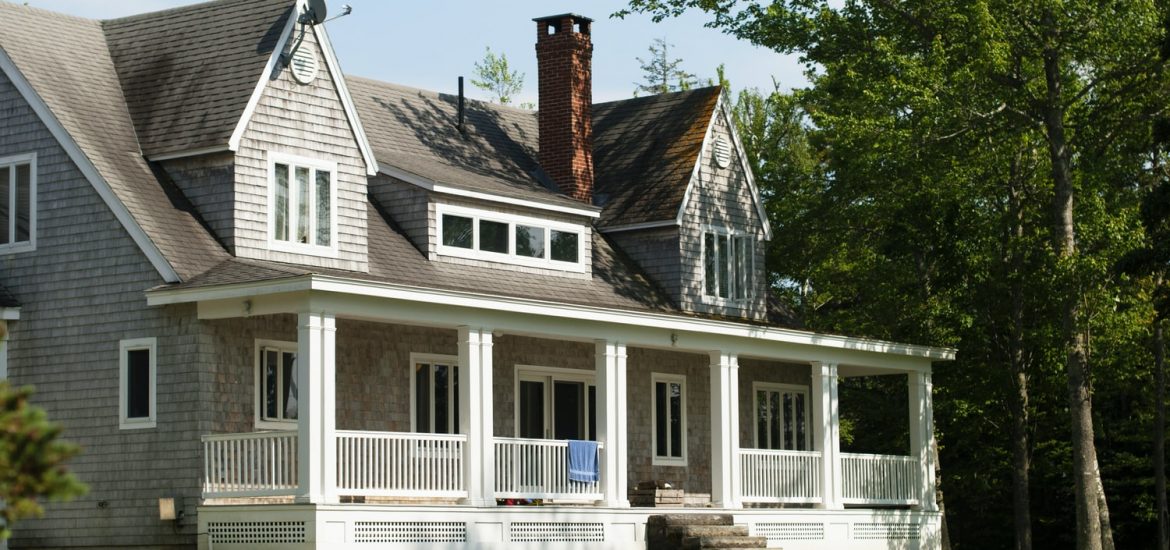It is necessary to know the cost of an extension before you begin your home improvement project since you would like your building extension to match your budget. If your budget is limited, you can take any of the many available routes to cut down on house extension costs. Here are five smart ideas to help you stay within your budget from the start to the end of the project.
1. Calculate, Then Reduce the Cost of the Extension.
Before knowing what can be trimmed off your extension budget, you need to calculate the net cost of the extension, including the costs of the interior fit-outs. When you are certain that the cost is affordable, visit a reliable local estate agent and inquire about the potential increase in the value of your home after the proposed extension project is done. In a proper scenario, your extension should add more money to the value of your home than the cost of getting it done.
2. Try A Building Extension With A Modest Design.
Curves and corners don’t come cheap, so your extension design should be kept as modest as possible. The best way to cut down on the cost of an extension is to build a house with a rectangular or square footprint in the first place. This kind of design can be extended cheaply without reducing the build quality.
3. Interior Fit Outs Should Also Be Kept Simple
The cost of interior fit-outs can be kept to the minimum as well. Apart from buying affordable lighting, flooring, and fixtures like kitchen units, you should plan your project meticulously and carefully before the work begins. When you plan in great detail, right from scratch to everything including the location of the electrical sockets and lighting units, and stick to your plan as the work progresses, you won’t be prone to spending beyond your budget.
4. Make Detailed Plans to Extend your House at Low Costs
You can save more money and further reduce the cost of an extension by giving enough time to plan the smallest details. By detailing everything at the beginning, from socket positions and light fittings to flooring and wall paints, it will save you from spending extra money due to alterations or spontaneous changes after the work has started.
5. Use Off-the-shelf Products To Extend On a Budget
Let the build revolve around off-the-shelf items, like standard size doors and windows. Do not use any products that have to be made to order, instead, go for materials that are readily available and can be easily used with all building extensions. To extend cheaply, use brick, softwood timber for the roof structure, concrete blockwork for walls, render or timber cladding, and a cast concrete sub-floor. For the roof covering, go for roof lights in place of interlocking concrete tiles and dormer windows.

